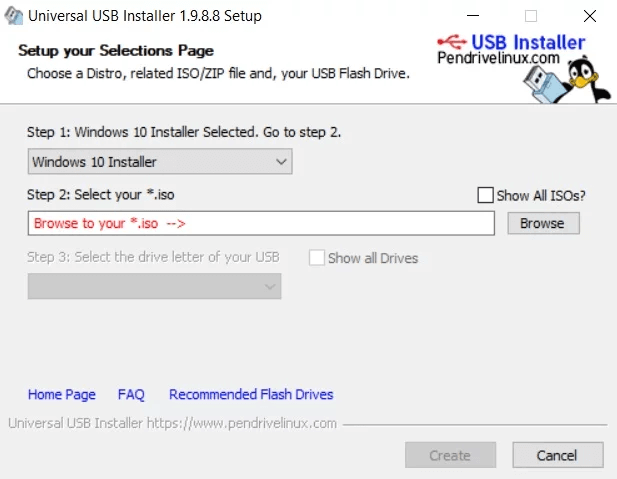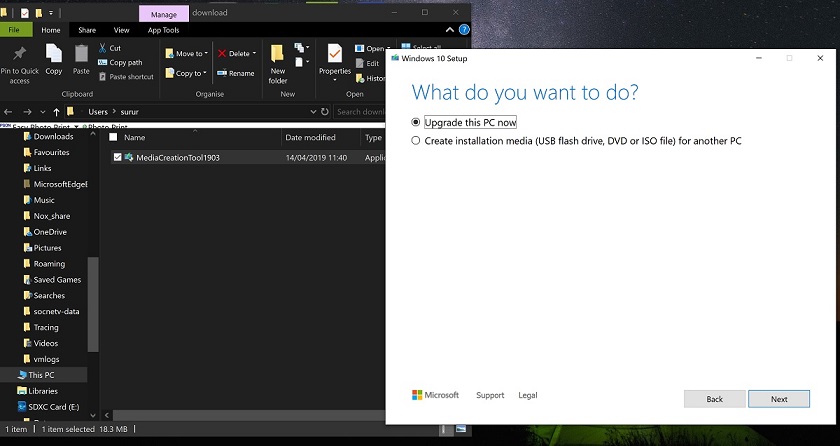

Then in the new window, select the first option “VirtualBox Disk Image” then hit the “Continue” button. Click on the second option “Create a virtual hard disk now, then click the Create button. In my experience, I recommend at least 1GB for 64-bit system. Next, you need to specify the amount of memory and allocate to the virtual machine. In the primary VirtualBox screen, select “Start” to boot the new Windows 10 volume. Give a name for your virtual machine and continue.

Download and install virtuabox tool on your macOS, then click the “New” button to build a new virtual machine. Now, you can install and run Rufus on your macOS and start to create a bootable USB installer. To switch between Windows and macOS, you just need to simple press and hold the Option key during the startup. After all the necessary drivers are installed, your dual-booting system should be ready now. Install the drivers and everything else necessary tools on a Mac computer. As with a normal Windows installation process you will need to configure your system step by step, including language, type your product key and more. Windows support software will now be downloaded, after a while, you will see Windows 10 setup screen. In the Install Window screenshot, you need to select the Boot Camp partition size, it will be adjusted to 4 8 GB by default, but we recommend you to set at least 64GB or higher. Select the Windows 10 ISO image file you pre-prepared. Click the Continue to next and select following task: Then go to Applications > Utilities and open the Boot Camp Assistant.

You need to prepare an USB flash drive with a storage capacity of 16 GB or more.


 0 kommentar(er)
0 kommentar(er)
